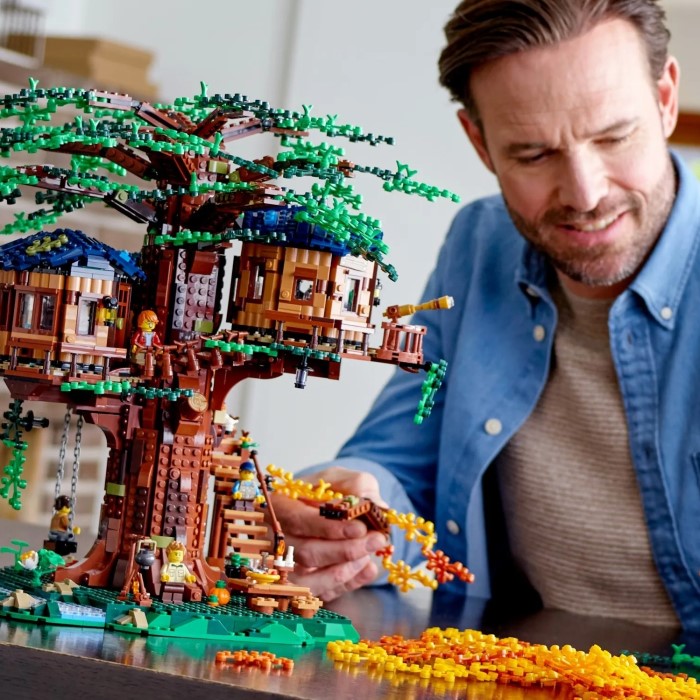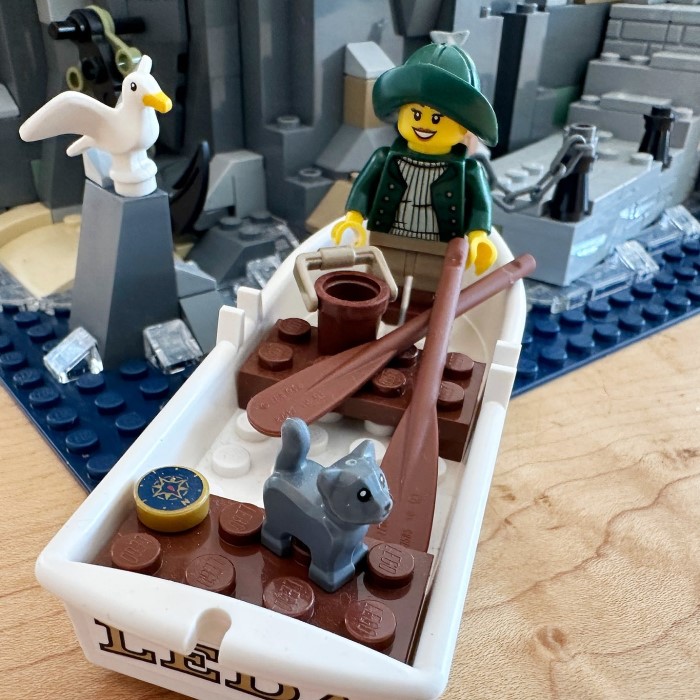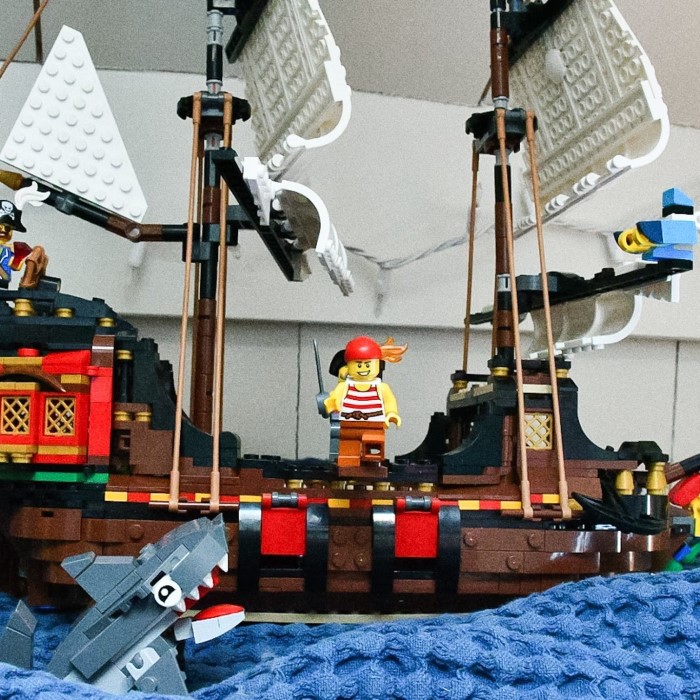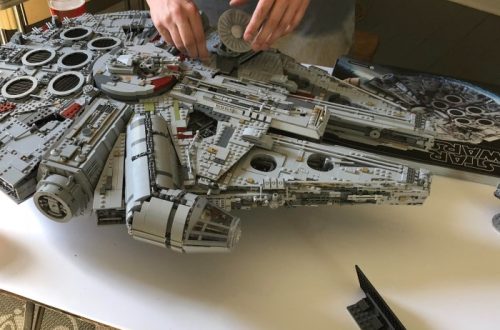LEGO has become a cultural phenomenon since its inception in 1932. Millions of fans worldwide enjoy building with these colorful bricks. From children to adult collectors, LEGO captivates a diverse audience. However, a common question many enthusiasts ask is: how much does it cost to make a LEGO set? Understanding this question can provide valuable insights into the economics of LEGO production, which is crucial for collectors and fans alike.
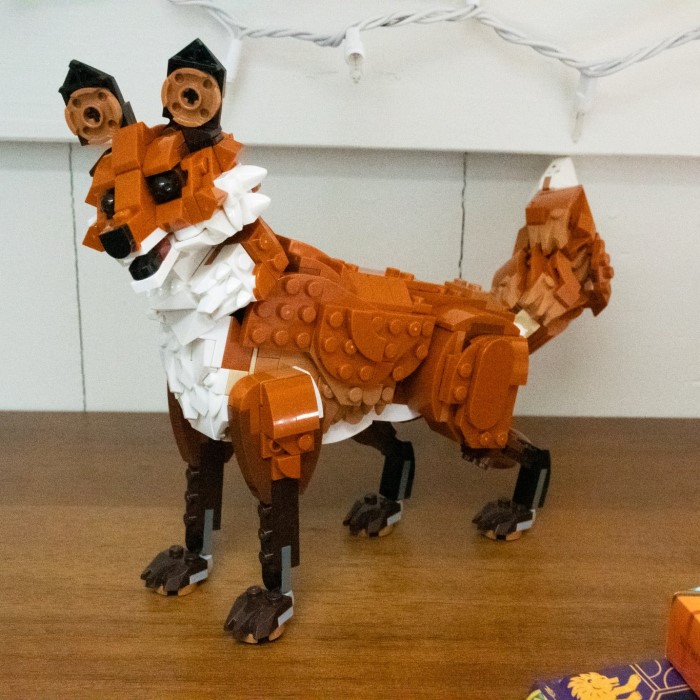
To fully grasp the costs associated with producing a LEGO set, we need to examine several components, including materials, labor, overhead, and retail pricing strategies. Additionally, we’ll address factors affecting the value of LEGO sets in the collector’s market. This article aims to equip readers with a comprehensive understanding, enriching their appreciation for this beloved brand.
The Components of LEGO Production Costs
When discussing production costs, we generally think of materials, labor, and overhead. Each of these components plays a vital role in determining the final price of a LEGO set.
Material Costs
Primary Material:
LEGO bricks are primarily made from Acrylonitrile Butadiene Styrene (ABS).
ABS is a strong thermoplastic known for its durability and resistance to impact, making it especially suitable for toys.
Durability and Impact Resistance:
The durability of ABS ensures that LEGO bricks can withstand rough handling and extended playtime without breaking.
Its impact resistance is essential to maintain the structural integrity of the bricks during use, providing consistent performance over time.
Price Fluctuations:
The cost of ABS and other raw materials is subject to fluctuations based on global market prices.
These price changes can affect the overall production costs of LEGO sets, potentially influencing retail pricing.
Manufacturing Complexity:
The manufacturing process for LEGO bricks is intricate and detailed.
Each brick is created using specific molds designed to ensure precise fitting with other pieces, which enhances the interlocking ability that LEGO is known for.
Cost of Molds:
The molds used in the production of LEGO bricks are expensive to produce and maintain.
Designing and fabricating these molds requires significant investment, impacting the overall production costs.
Unique and Specialized Pieces:
Creating unique pieces for specific LEGO sets adds additional material costs.
Special elements, such as printed bricks or uniquely molded figures, require advanced manufacturing techniques, which increase their price further.
Estimated Cost per Piece:
On average, estimating the cost to produce a single standard LEGO piece is between 1 to 3 cents.
However, the cost can vary significantly depending on the complexity and design of the individual pieces.
Labor Costs
Labor is another considerable factor in the total cost of making LEGO sets. LEGO has production facilities located in various countries, including Denmark, the Czech Republic, Mexico, and Hungary. Each location has different labor costs, affected by local wages and economic conditions.
LEGO prides itself on ethical labor practices, often paying above-average wages. While this commitment enhances employee satisfaction, it also means that labor costs for producing LEGO bricks can be relatively high compared to other manufacturers in regions with lower wage standards. In addition, skilled workers are needed to ensure quality production, adding another layer to labor expenses.
Overhead Costs
Overhead costs, which include everything from maintenance of machinery to administrative expenses, must also be accounted for. LEGO invests significantly in research and development to innovate and maintain its competitive advantage. These costs cover the design process, quality control, and marketing initiatives.
Beyond production, packaging plays a crucial role. Each LEGO set comes in uniquely designed boxes that often feature artwork, branding, and instructions. Creating these packages adds an additional expense to the production process. Thus, the overhead costs directly influence how much it costs to produce a LEGO set.
Pricing Structures for LEGO Sets
How much does it cost to make a lego set? Once the production costs are understood, the next critical aspect is determining how LEGO prices its sets for consumers. LEGO employs various pricing strategies that influence the final retail price, making it essential to understand these mechanisms.
Market Research and Demand
LEGO uses extensive market research to assess demand for specific themes, styles, and collections. Products tied to popular franchises, such as Star Wars, Harry Potter, and Marvel, can command higher prices due to established fan interest and brand recognition. For instance, a set from a beloved franchise may fetch a higher retail price than an original LEGO theme, even if both sets have similar production costs.
Market demand significantly impacts pricing strategies. Limited releases or exclusive sets can become highly coveted, leading to price hikes when they sell out or become scarce in retail markets. This demand and scarcity contribute to what collectors often describe as the “collector’s premium” for specific sets.
Price Formulation
LEGO sets are typically priced based on a straightforward formula that incorporates production costs, desired profit margin, and market forces. The result is a retail price that reflects the value perceived by consumers. For example, more intricate sets or those with high piece counts tend to have steeper price tags. Manufacturers often aim for a specific price per piece, which is a common benchmark for assessing the value of LEGO sets.
To illustrate, standard pricing strategies suggest that LEGO sets generally retail for about 10 to 15 cents per piece. However, special sets with gears, motors, or exclusive minifigures may justify a higher price point due to their added features and complexity.
The Collector’s Perspective
How much does it cost to make a lego set? For LEGO enthusiasts and collectors, understanding the production costs and retail price formulations is vital. Collectors often invest significant amounts in their collections, aiming not only for enjoyment but also for potential future value.
Market Trends and Value
In recent years, the LEGO collector market has seen a dramatic rise. Limited-edition sets and discontinued collections can significantly appreciate over time, making them prized possessions among Lego collectors. For example, certain Star Wars sets and exclusive LEGO architecture pieces have witnessed a surge in value, sometimes doubling or tripling their initial price shortly after their release.
Knowing the historical performance of certain sets can guide collectors in making informed decisions regarding which sets to acquire. Not all LEGO sets appreciate, but those that possess unique designs or nostalgic ties often see a boost in their value.
The Impact of Condition and Packaging
Importance of Condition
The condition of a LEGO set is a key factor influencing its resale value.
Sets that are in pristine condition tend to attract more interest from potential buyers.
Any visible wear, missing pieces, or damage can significantly decrease the value of the set.
Value of Original Packaging
Keeping the set in its original packaging can greatly enhance its resale price.
The packaging not only protects the LEGO pieces from damage but also preserves the set’s overall appeal.
Many collectors prefer items that come with intact packaging, as it enhances the collectible nature of the set.
Branding Element
The packaging serves as an important branding element for LEGO.
Well-designed packaging can evoke nostalgia and strengthen the perceived value of the set among collectors.
Limited edition or special themed packaging can further elevate interest and value.
Market Trends and Shifting Interests
Collectors need to be aware that LEGO’s expansion into various themes and collaborations impacts market trends.
Sets tied to blockbuster films or popular television shows often see a spike in demand.
Market interest can fluctuate based on trends, making certain sets more desirable for resale at different times.
Strategic Buying and Selling
Understanding these factors can help collectors make informed decisions about when to buy or sell.
Keeping an eye on new releases and collaborations can offer opportunities for profitable investments.
Being knowledgeable about current trends allows collectors to anticipate which sets might appreciate in value over time.
FAQs About LEGO Piece Costs and Value
How much does it cost LEGO to make a piece?
It is estimated that LEGO spends about 1 to 3 cents to produce a standard brick piece, considering factors such as materials, labor, and overhead.
What is the LEGO 5-2 rule?
The LEGO 5-2 rule is a creative guideline stating that builders should aim to use five styles of bricks along with two special elements. This rule helps to ensure variety while managing cost in building projects.
How much is 1 kg of LEGO worth?
The market value of LEGO bricks varies, but generally, 1 kg of LEGO pieces can fetch anywhere from 10to20, depending on the type and condition of the bricks.
Is there a 5000 piece LEGO set?
Yes, several LEGO sets contain over 5000 pieces. Noteworthy examples include the “LEGO Creator Expert Titanic” and the “LEGO Art World Map,” showcasing the extensive complexity and creativity involved in these large sets.
Conclusion
To summarize, understanding how much does it cost to make a lego set offers valuable insights to collectors and enthusiasts alike. By examining production costs, retail pricing strategies, and the collector’s market, fans can garner a deeper appreciation for the intricacies of LEGO as a brand.
The factors that determine the cost of LEGO sets—materials, labor, overhead, and market dynamics—apply to the broader conversation about value. For collectors, navigating these complexities is essential when making informed purchasing decisions and understanding potential future resale opportunities.
As the LEGO universe continues to expand, enhancing your knowledge on production costs and pricing strategies will enrich your LEGO journey. Remember that every set you acquire holds both nostalgic and economic value, paving the way for countless imaginative adventures.
